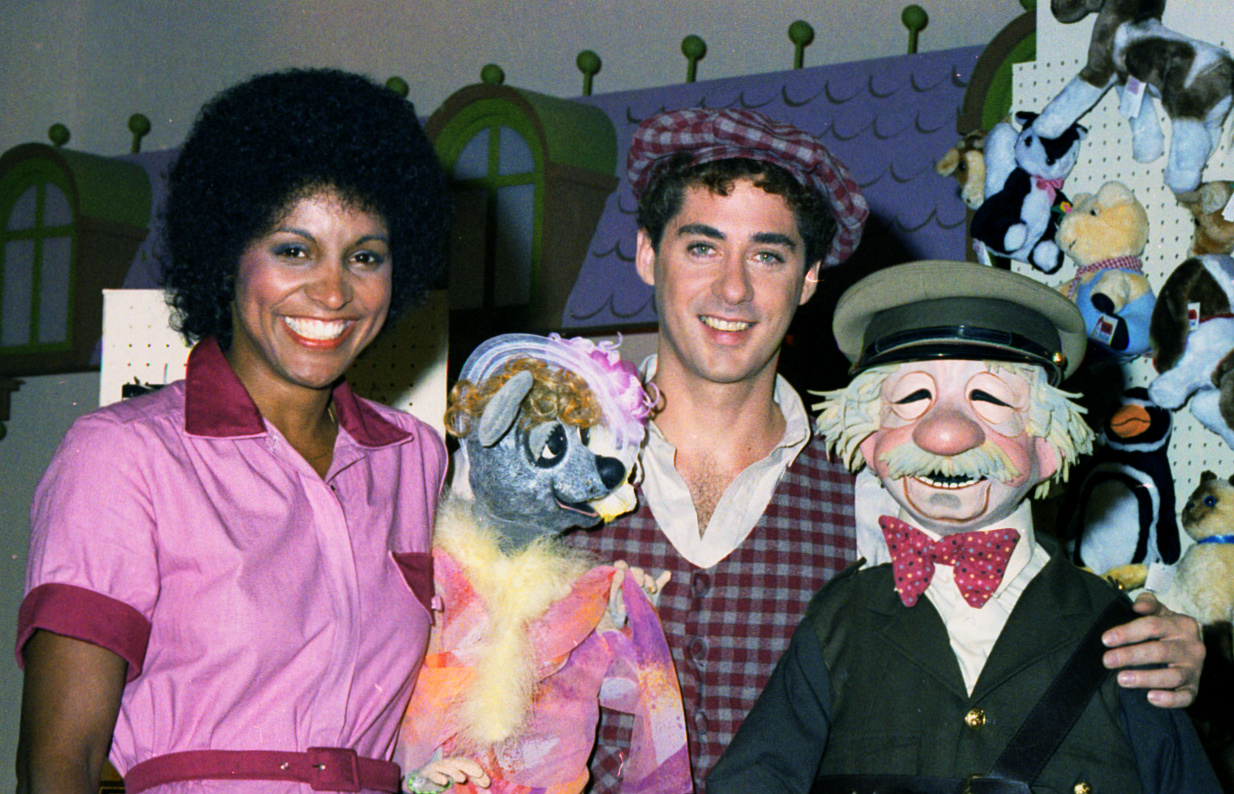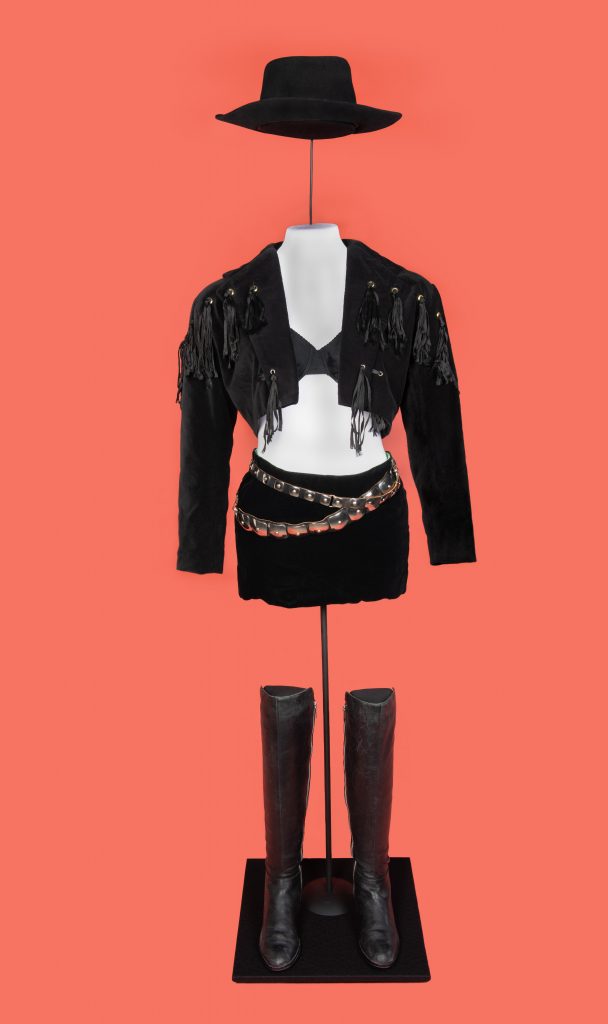In the 1980s and ’90s, Dale King was English Montréal’s most in-demand aerobics instructor. She achieved this status this by breaking from the Jane Fonda approach and by bringing Black culture, music and dance to the fitness scene. Her surprising advertisements are part of the collection at the Canadian Museum of History. Because how we move our bodies matters.
1980s aerobics culture
The fitness culture of the 1980s has had a huge cultural impact. Exercise videos like Jane Fonda’s Workout and television shows like the Canadian-made 20-Minute Workout were hugely popular and have influenced fitness practices and fashions for decades. Jenny Ellison is a historian at the Canadian Museum of History. “A lot of my work focuses on the 1980s in Canada and the history of the body,” she says. “How did people experience their bodies and live in their bodies in the 1980s?”
In the decades since its heyday, aerobics has transitioned from being a cultural phenomenon to a casual punchline. Ellison says, “Another reason I’m interested in studying aerobics is I think that it’s been trivialized. It’s dismissed. It’s a Halloween costume. And people don’t take it seriously as an activity because I think it was directed towards women and because it was feminine.”
This dismissal of aerobics as an important or meaningful experience runs contrary to what Ellison found in her research: “Women themselves drove the creation of this movement. Women themselves participated in droves in this movement, spent their money and their time and their energy.” She says, “I think there’s another story in these classes that relates to pleasure and fun, sociality, female entrepreneurship. And connects out to other strands in the lives of many women.”
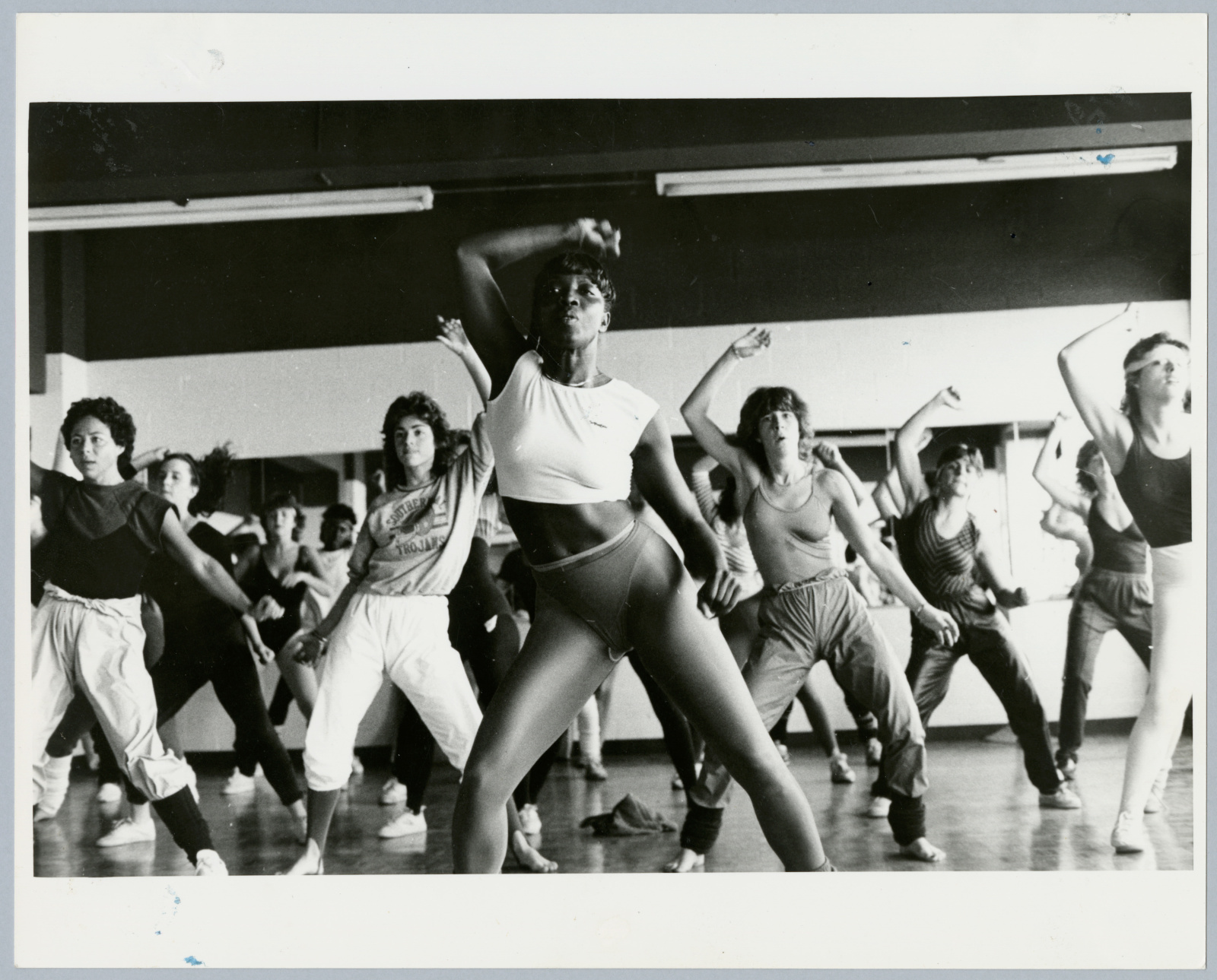
Aerobics fashion, including leotards, leg warmers and headbands, remains iconic. Dale King (centre) made a name for herself by creating an approach to fitness that was fun and funky.
Canadian Museum of History, IMG2024-0124-0005-Dm
Dale King – “The style is Black”
Dale King stands out among the female entrepreneurs who made aerobics their own. She became a household name in English Montréal back in the ’80s as the face and co-owner of Soul Impact Aerobics. A couple of things distinguished Soul Impact from mainstream aerobics culture at the time — its bold, strong advertising, and its forthright Blackness.
One ad for the studio features the tagline “The music is dynamic and the style is Black.” It features a picture of King — a Black woman — leading a class full of students. She’s wearing her leotard and spandex tights. Everyone’s doing the same dance move: arms up, walking forward. King is the only person of colour in the shot.
She remembers coming up with that line with her business partner, Karen: “You’re talking ’88, ’89, sometime around there. We look at the picture again because now we’re saying something ‘Black’ in your face. It was something you didn’t see very often in a positive way.” And the photo plus the slogan really worked. “The phone rang off the hook. And then media saw it, which at the time was CBC and CTV, and they were calling, ‘Well, what do you mean?’”
It meant that King brought a new energy and approach to fitness that was based in Black culture. The music was important to the experience of King’s classes. “I made it dance-oriented,” she says. “Michael Jackson was hitting at the time, Boyz II Men, and even some of the techno crews, like Technotronic. And rap music was coming in. That’s what I wanted to dance to.”
King says, “I mixed it with dance movements more than your traditional aerobics moves of the time. And I used the latest dance music that was on the radio.” This was a deliberate reaction to the robotic nature of mainstream fitness classes. “In the aerobics movement, it was very regimented. I like to say ‘stiff board’ movements,” says King. “I wanted to dance.”
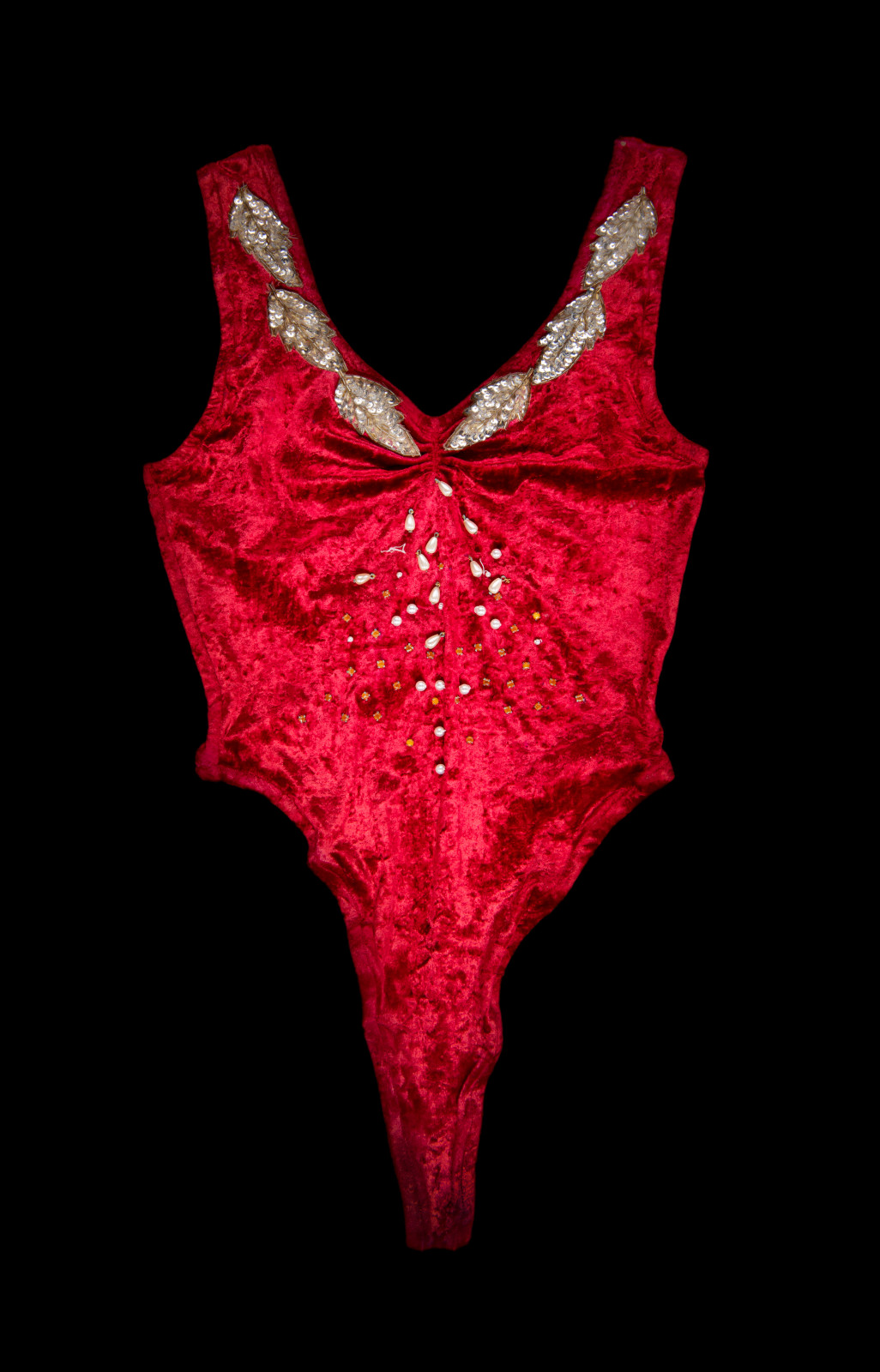
One of Dale King’s high-cut bodysuits. Her personal style was fun and eye-catching.
Canadian Museum of History 2023.2
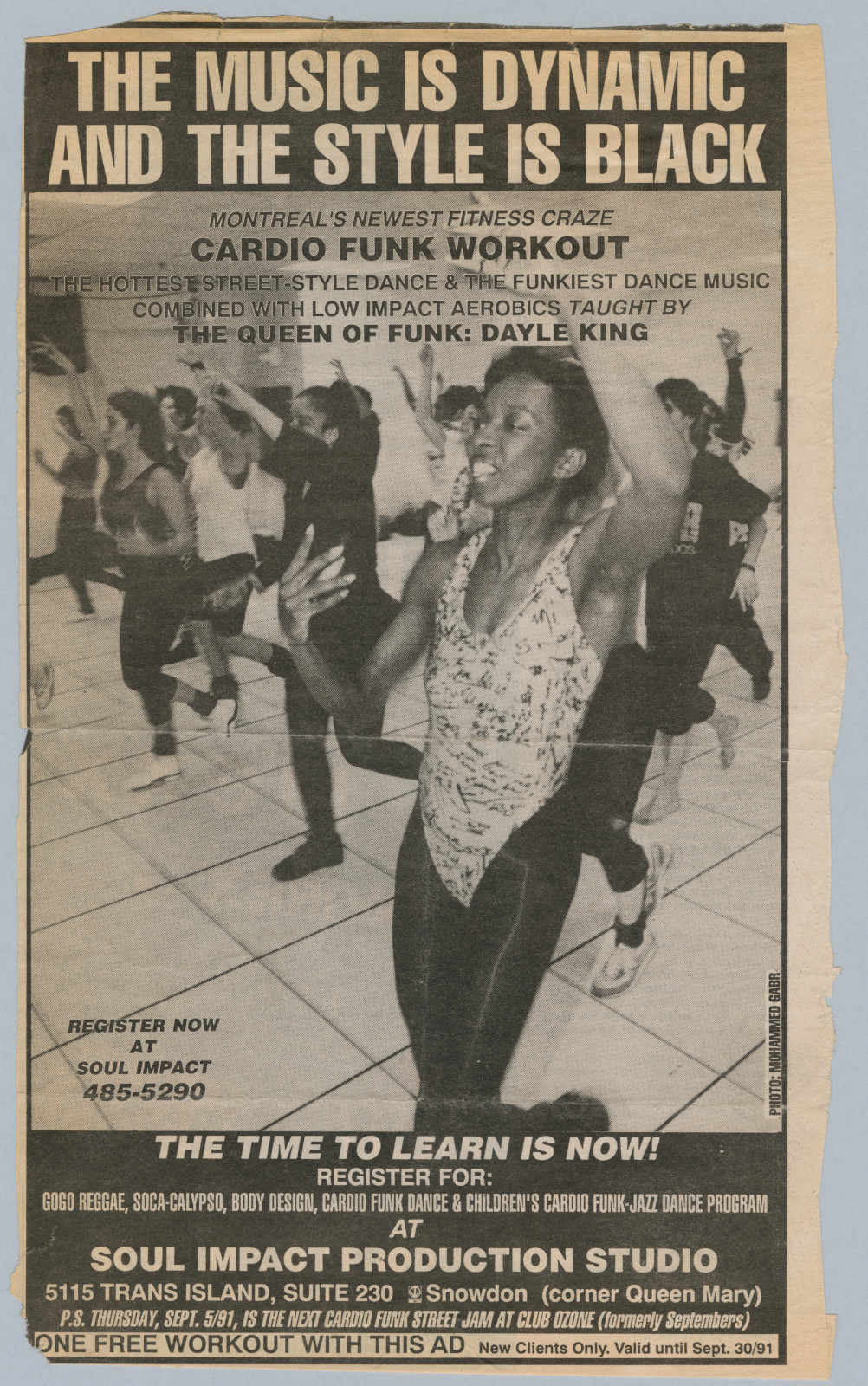
Soul Impact’s advertising was very striking and very successful.
Canadian Museum of History, 2024.H0007.1
Images of strength
The Soul Impact ads also projected an image of strength that was unusual for the time. Another of her ads features King’s backside in a high-cut thong leotard with the tagline “No ‘butt’ about it!” “It’s really playful,” Ellison says. “I find it really powerful in that she’s really strong. This is not somebody who is super lean or, you know, seemingly dying to be thin.”
This focus on feminine strength was ahead of its time. Ellison says, “In Canadian magazines, women are often depicted in ways that are fairly passive. And so, one of the reasons Dale’s ad stood out to me is because she’s in a power pose. She’s wearing clothing that is arguably appropriate to the activity, and she looks really, really strong. And we don’t see that in other ads in the decades prior.”
Dale took charge of how she represented herself in these ads. She had a vision for the kind of fitness classes that were meaningful to her and put herself out there as her own fitness model. And they brought in a large and diverse clientele. King recalls, “It was everybody. Black, white, Jewish, Chinese, Greek, Italian, Portuguese, French Canadians. I mean, it was everybody!”
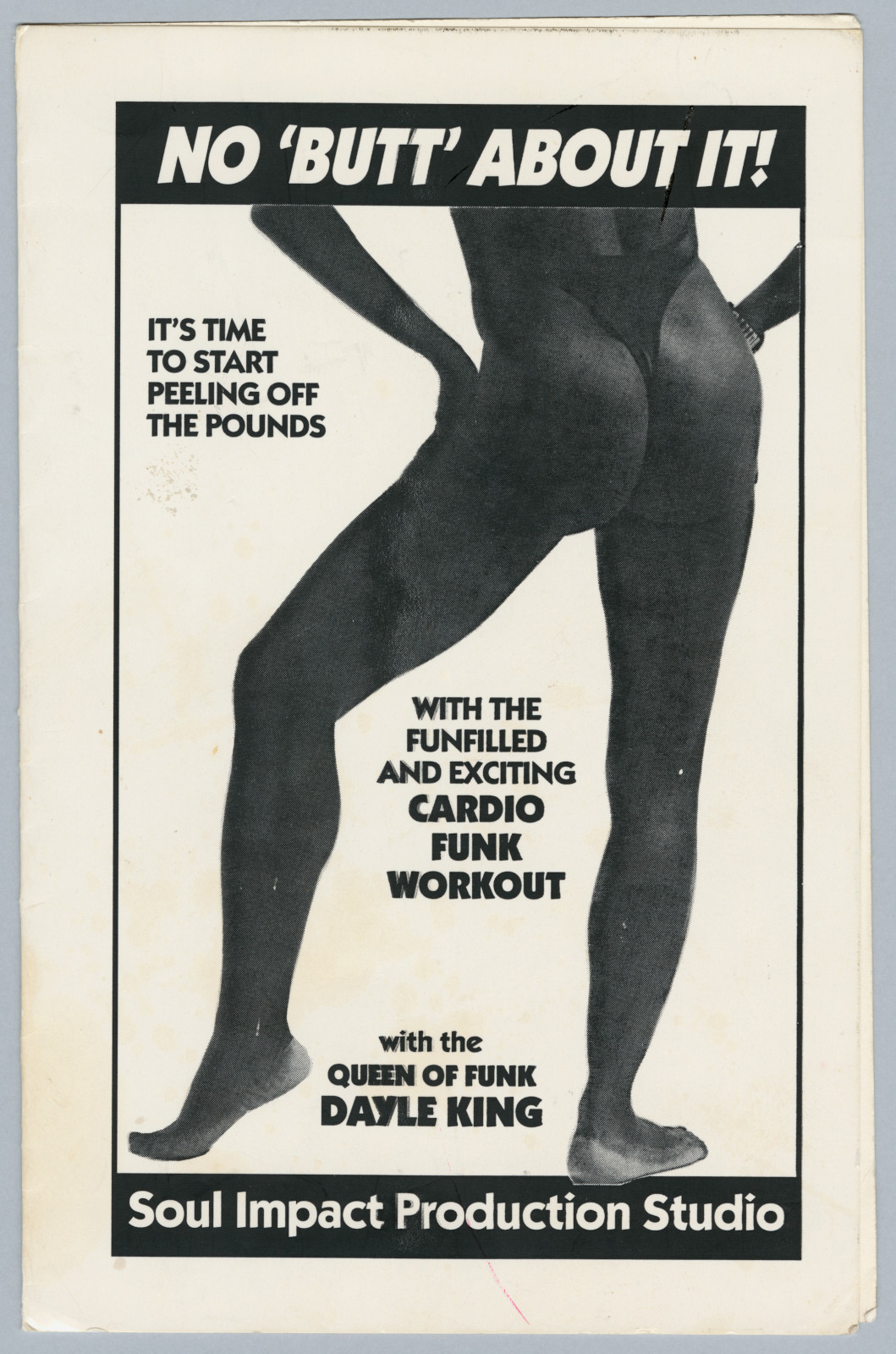
Dale King posed for this ad, which combines a message about weight loss with a muscular image of strength.
Canadian Museum of History, 2024.H0007.2
Collecting the history of fitness
The style and reputation of ’80s aerobics might seem trivial, but it was an important force in many people’s lives and helped shape modern fitness trends. Ellison says, “As a museum, we want to share the history and preserve the history of everyday people and capture the activities that really meant something to people in these decades. And so, we’d have a really big gap in our collection on sport and physical fitness if we weren’t talking about things like aerobics in these decades.”
King was stunned when she heard that the Museum wanted to collect items from Soul Impact Aerobics. “I was flabbergasted,” she says. “When I think about it now, I have to calm myself because it’s going to make me want to cry. I’m just Dale King and I did something I love to do.”
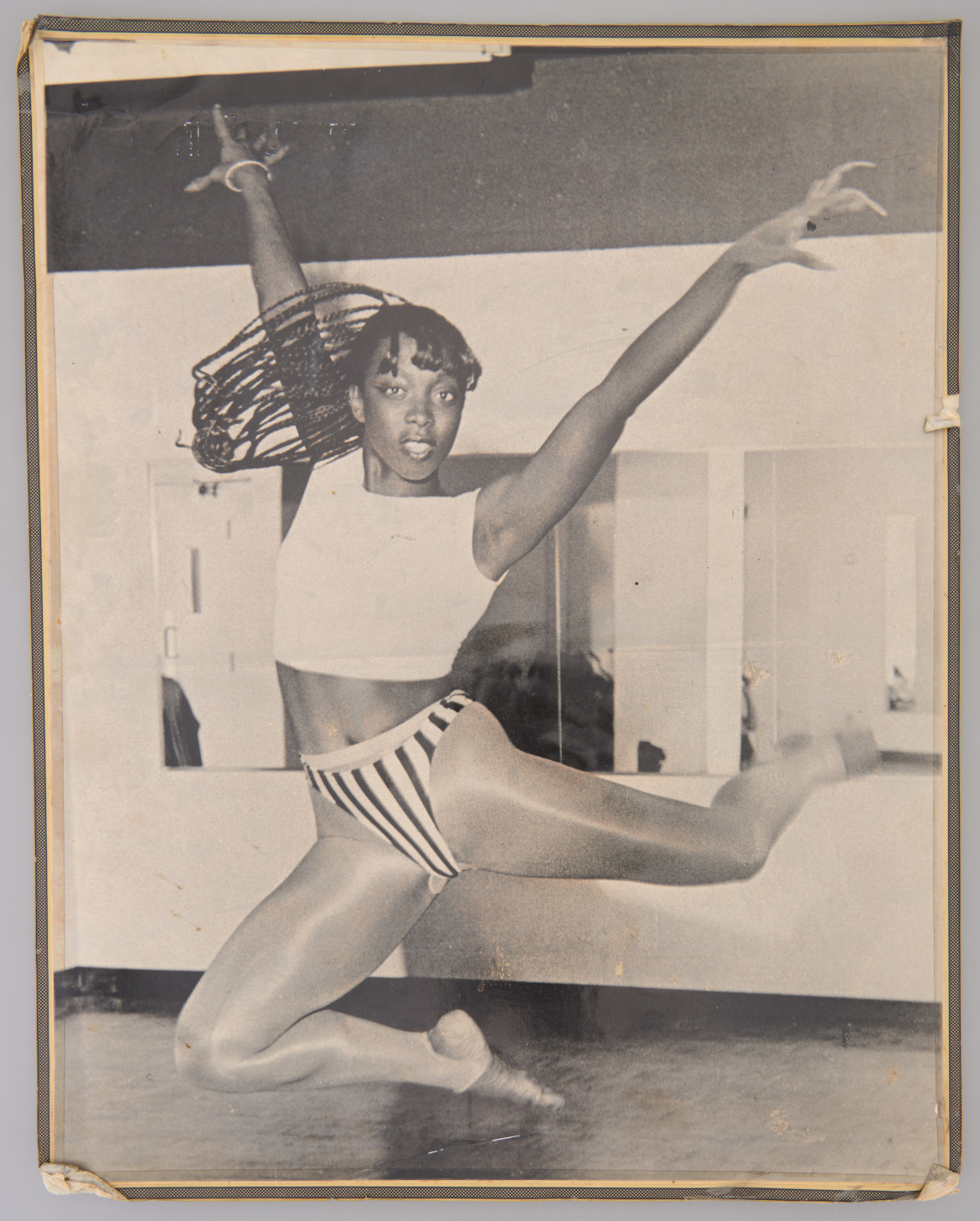
Dale King used dance, fun, and great music to energize the rote routines that characterized a lot of fitness classes in the 1980s.
Canadian Museum of History, IMG2024-0124-0008_1-Dm
Listen to Dale King’s episode of Artifactuality to hear more about the importance of exercise culture and King’s energetic and distinctive approach to fitness.
Download and subscribe to Artifactuality wherever you get your podcasts.

Steve McCullough
Dr. Steve McCullough is the Digital Content Strategist at the Canadian Museum of History and the Canadian War Museum. His work in digital storytelling involves compassionate and evidence-based efforts to address history, meaning and identity in our fragmented and polarizing, but also vibrant and interconnected, online environment.

